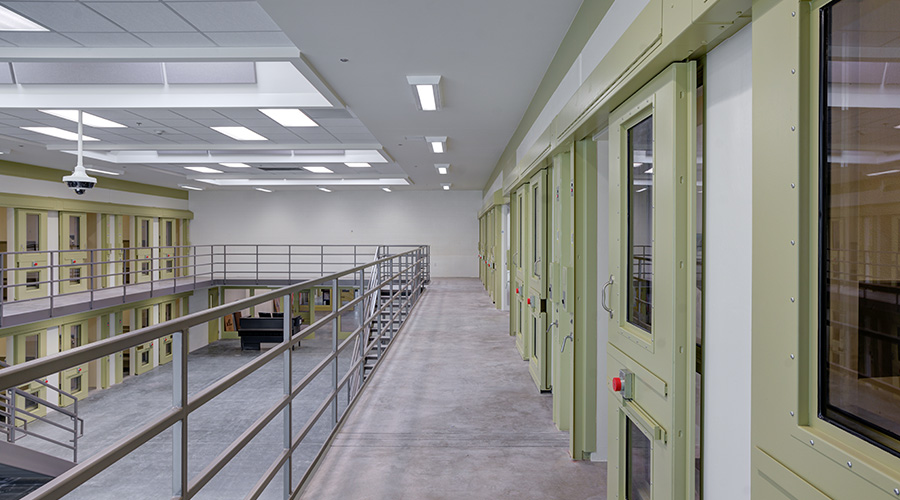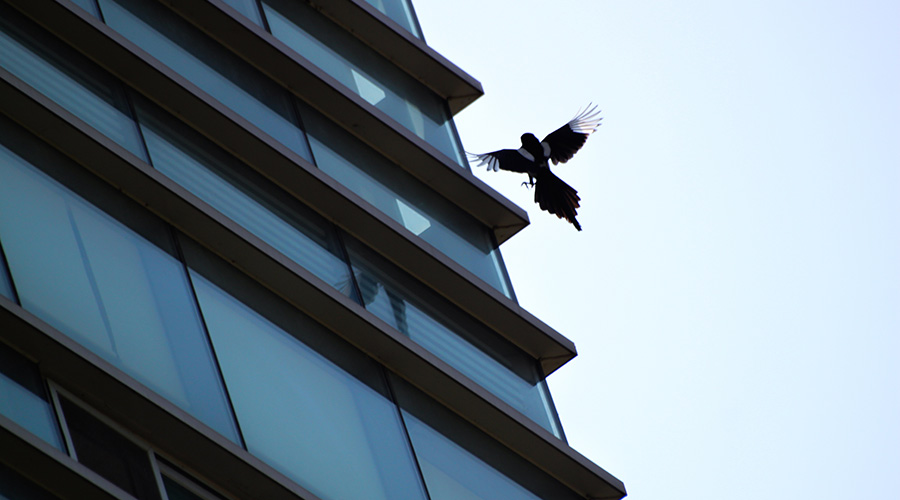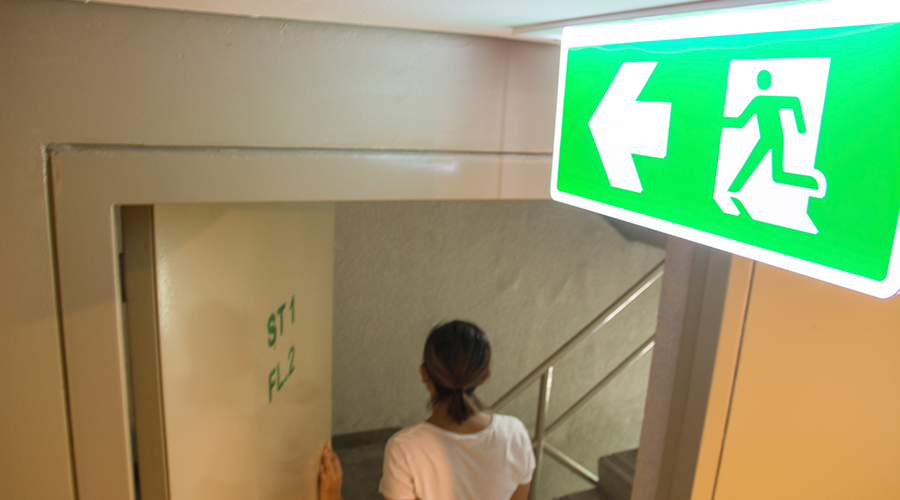Combine Lighting Upgrades With Other Capital Projects To Maximize Energy Savings, Minimize Disruption
5. Bundle up to maximize energy savings. One of the most difficult parts of any project is determining what is to be included. Are you doing a simple lighting upgrade? Are you doing lighting, lighting controls, and occupancy sensors? Or are you doing all of the above, plus a new chiller as well? In many cases, facility managers can improve their chances of approval for a lighting upgrade by combining it with other capital projects to maximize energy savings and minimize disruptions. Mesh says he recommends doing as much as humanly possible, or at least as much as can be afforded — not only does this change the ROI for an entire project, it also minimizes disruption to the facility in the long-term. "If you're going to invest time, effort, and money, the question is what you're going to do to maximize the benefit," he says. "Doing something at an intermediate level may save money in the short term, but may be penny wise and pound foolish long-term." Mesh continues: "The worst thing you can do is to make a commitment to have a disruption and then not do as much as you could possibly do."
Goulding says that if HVAC replacement is on the horizon, a lighting upgrade, if needed, at the same time should be a no-brainer. HVAC is a "non-elective" piece of facility equipment — if it fails, the facility can't operate, whereas the facility can still operate with inefficient lighting. So Goulding suggests combining facility upgrades he classifies as "elective," lighting or controls or VFDs, at the same time as HVAC.
But be careful. One misstep these expert see often is trying to show that a lighting upgrade will also reduce HVAC energy use. While it does stand to reason that that could be the case, Audin says it's a terribly complex calculation, and one that has only a small degree of certainty in being accurate. "For years, the architectural rule of thumb was if you reduce lighting by a watt per square foot, you'll save 0.3 watts per square foot on HVAC," he says. That calculation is often based on an oversimplification of how a given HVAC system actually works. Proper analysis typically involves a computer model rather than the back of an envelope calculation. Though the calculation is difficult, it's not impossible. But you really have to know what you're doing and be intimately familiar with your HVAC system. "Don't take credit if it's not proven," Audin says. One possibility, though, is to list the possible HVAC energy reduction as a potentially unquantifiable "soft" benefit — we know there is a benefit, we just don't know exactly what it is, so we're not including it in the hard-and-fast numbers.
Related Topics:














